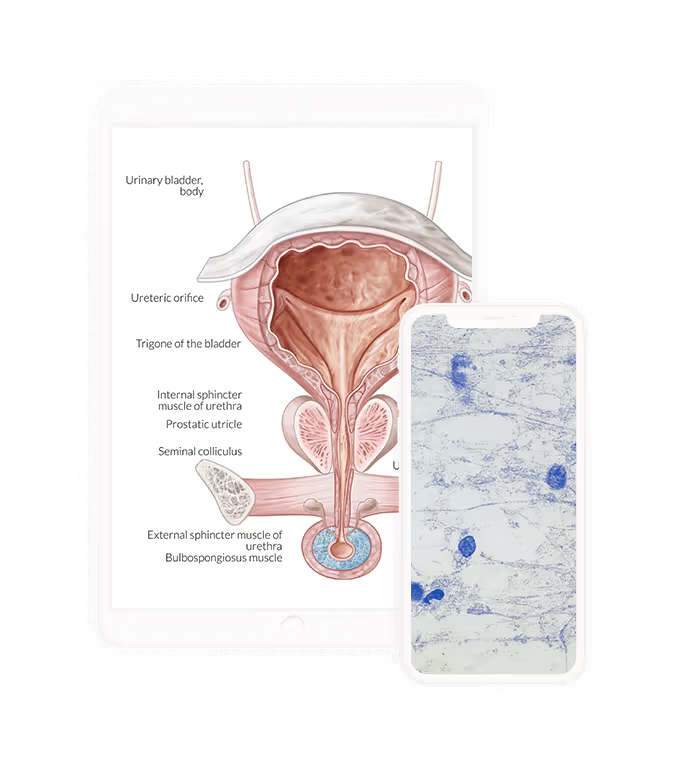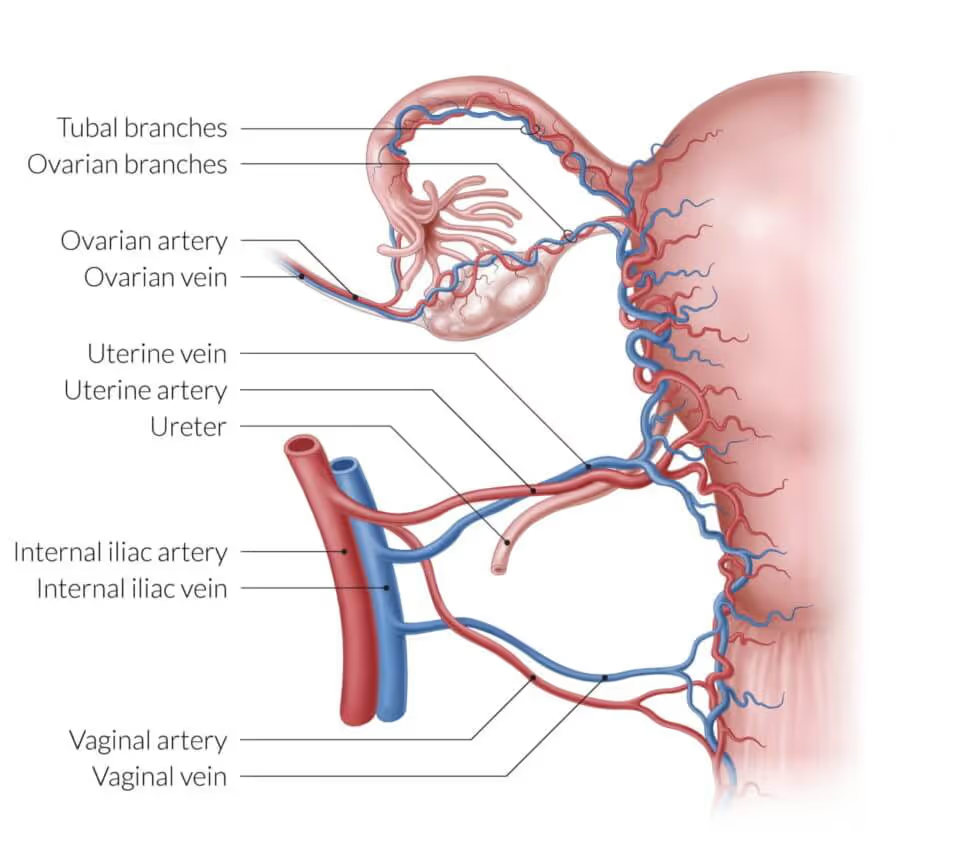Obstetrics & Gynecology Shelf Exam
The NBME® Obstetrics & Gynecology (OB-GYN) Shelf exam tests a student’s ability to assess women’s health and to manage pregnancy, childbirth, and the postpartum stage. Success on the exam will depend on what is learned throughout the Obstetrics & Gynecology clerkship, coursework, and private study time. OB-GYN covers a wide breadth of topics related to inpatient management, outpatient management, and surgery.
Looking for a new OB-GYN Shelf resource?

Not all medical students are required to take the NBME OB-GYN Shelf exam, and it’s not required for obtaining a U.S. doctor’s license. However, most medical schools have a required OB-GYN clerkship, and the most popular way to test students on this particular rotation is by using the NBME’s official Obstetrics & Gynecology Subject Examination. The exam can be taken on campus at select medical schools or at authorized testing locations, like Prometric test centers.
The OB-GYN Shelf exam is formatted as an online test consisting of 110 questions which must be answered in 165 minutes. It shares the same interface as the USMLE Step exams, with each question presented as a hypothetical clinical scenario. The exam is graded on a national average, though whether or not you pass your entire clerkship will depend on your individual medical school’s requirements. More specifically, the number of correct answers you get places you in a percentile, which is then measured across national grades.
While students have long relied on traditional textbooks and resources for the exam, they are often too expansive and unwieldy to use when short on time. A more unified and condensed solution is available for more streamlined studying.

AMBOSS is both a clinical companion on the wards and a reliable study guide for your NBME® Obstetrics & Gynecology Shelf exam. With hundreds of Qbank questions and high-yield Articles, you have the resource you need to get through and succeed on your entire OB-GYN rotation (both on and offline—check out our mobile apps for Android and iOS).


